I’ve been a group fitness and personal trainer for almost seven years, and the most common issue clients come to me with is injuries. Conversely, the most common issue I have with clients is also their injuries.
Why, you may ask? Well, because they’re coming to me with their injuries when it’s too late. Once the injury has happened, the fix is no longer in my scope of practice. That’s where the help of a doctor comes in.
When they come to me asking for assistance with an injury, my first question is usually, “What are you doing to care for your body that would be useful for preventing injuries?” Most of them say they do nothing. A few of them say they stretch here and there—but overall, once the workout’s over, they’re moving on with their day without giving a second thought to injury prevention.
Preventing injury is about doing things for muscle recovery that will help increase blood flow.
“Anything that would cause any sort of muscle activity will also leave muscle waste products. You have lactic acid and you have muscle tearing from eccentric loads. They can prevent good blood flow, so what you want to do is to try to increase that,” says Erin Hassler, DAT, ATC, PES, athletic trainer and owner of Sportz Factory.
Blood is important to injury prevention because it carries everything you need. Dr. Hassler says to think about the circulatory system as a highway. It’s the road, she says. “The vehicles are the blood cells, and they carry everything in the car. So oxygen gets in the car, and it’s carried on the blood cells through to the tissues and dropped off along with the oxygen and all of the other cellular mediators—the things that help to repair. But they can’t get there if there is a roadblock.” Hence the importance of a proper recovery protocol for preventing injury.
Obviously some injuries are unavoidable, but there are some that, with proper preparation and care, can be prevented—or at least the chances are lessened. These are the seven products I use that help me stay injury-free for my own training that can help you, too.
7 pieces of trainer-recommended recovery gear for injury prevention
Just like finding the right workout, choosing the right injury prevention tools is also very individualized. What works for me may not work for you, but this list can give you things to try. The most important thing is that you’re doing something because injury prevention is the number one thing people typically don’t practice.
“Schedule time for it just like you would schedule a hair or nail appointment. Put it on the books. Pretend if you miss it, you’re charged,” Hassler says.
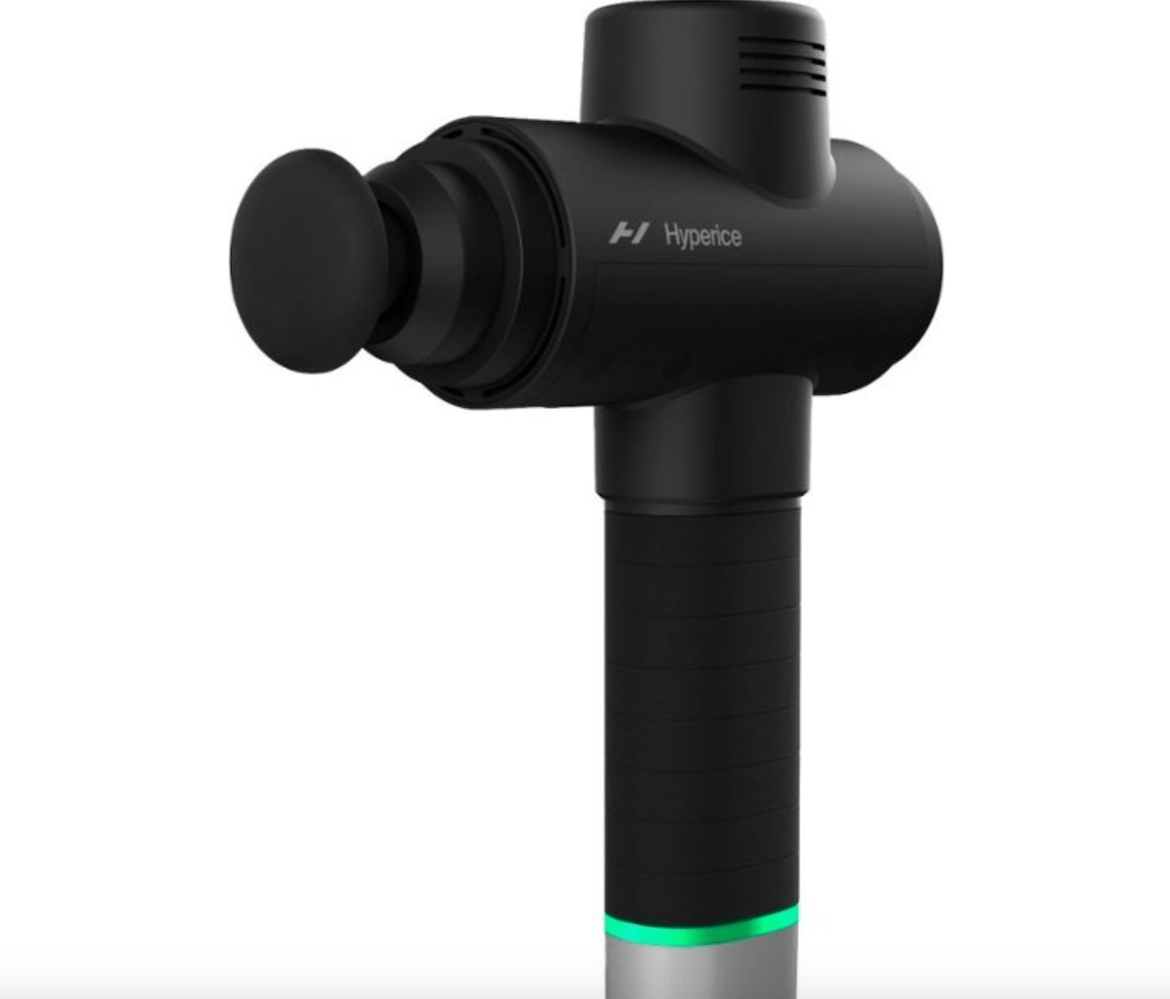
1. Hyperice Hypervolt 2 Massage Gun — $199
To me, massages are one of life’s greatest pleasures. However, paying for massages is one of life’s greatest pains. Though they’re totally worth every penny—and beneficial for injury prevention—being able to get a massage often is a luxury not everyone can afford.
One way to get the benefits of massage without a hefty price tag is a massage gun. After a long day, whether I’ve worked out or not, I love to use the massage gun anywhere I’m feeling tight.
“The massage gun allows you to get between the layers and the bundles of the muscle and mimics massage techniques,” Hassler says.
- Offers the benefits of a percussive massage at home
- Can be used on multiple body parts
- Some are expensive
- May need assistance reaching the posterior side of your body
- Not safe to use on all body parts (like your neck)
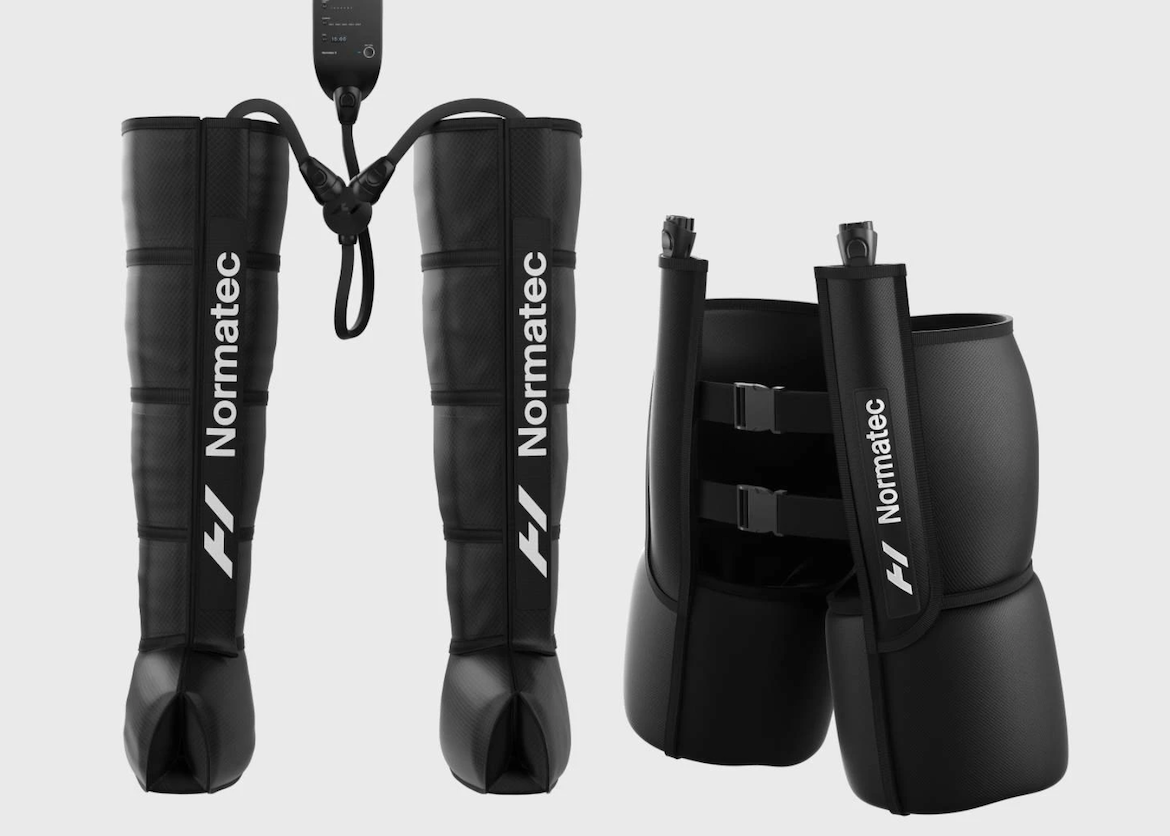
2. Hyperice Normatec 3 Lower-Body Compression Boots — $1,049
Normatec compression boots are heaven, and they come pretty close to feeling like a table massage.
I love to use these after I’ve gone for a long run outdoors. Whenever I hit the pavement for anything over three miles, my knees start to remind me that I abused them dancing in clubs back in the day. The boots allow me to get a little life back into them and keep me being able to do more runs in the future without injury.
The boots use air to squeeze your muscles, which helps to increase your circulation.
“Every effective form of recovery care and recovery treatment has to do with increasing blood flow,” Hassler says.
- In-home massage
- Increases circulation
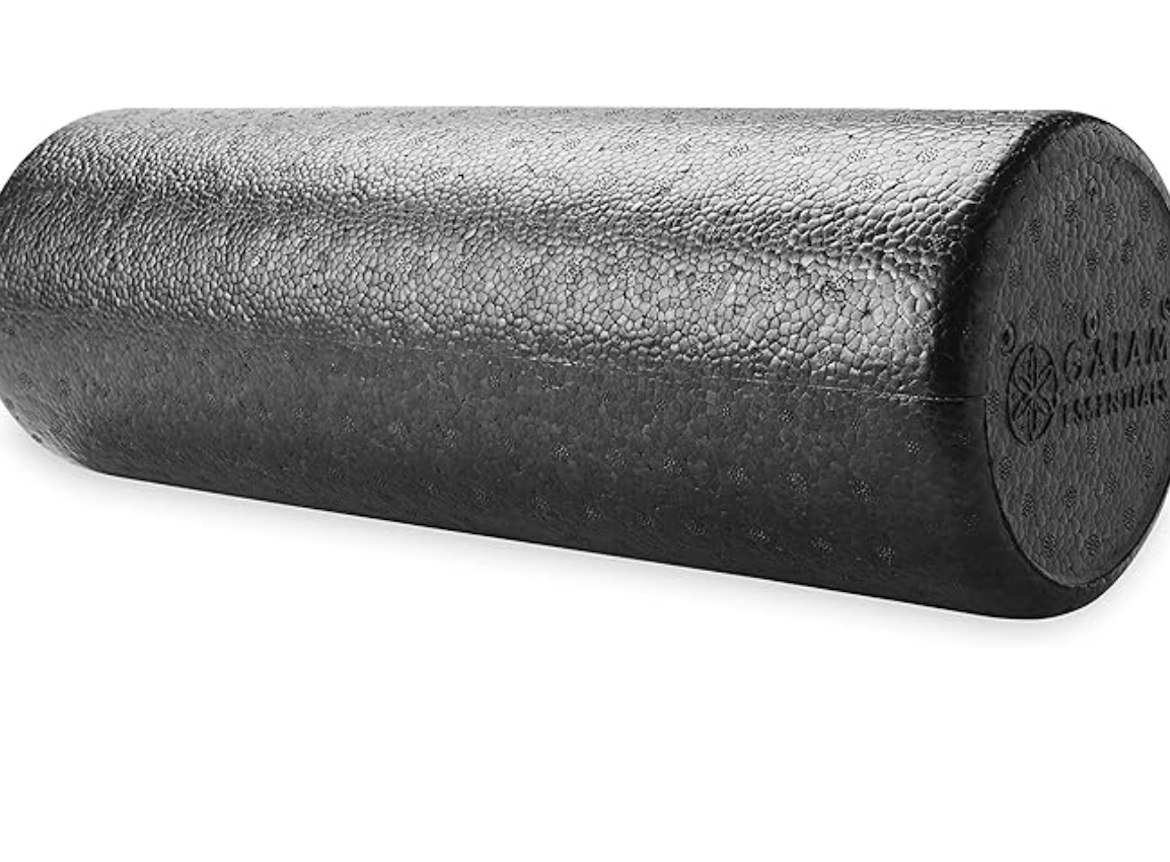
3. Gaiam Essentials Foam Roller — $17
One of the pieces of recovery equipment people are most familiar with is the foam roller. It’s that circular piece of firm foam that’s probably under your bed or in the corner of the room. Trust me, I get it. Most of my clients say they don’t use it much because it hurts. While it can be painful on certain muscles, it is very effective.
What’s happening with the foam roller, and why it may hurt a bit, is it’s shifting your fascia. Hassler uses this analogy to explain fascial shifting: “Think about a piece of fried chicken. The outside crust, that’s the breading on the skin layer. When you remove the skin layer, there’s still a thin film on the chicken leg. That’s the fascia. So it can get little ridges and catches in it where the muscle is doing one thing and the fascia is doing something different, so they’re not moving together.”
Foam rolling gets the muscle and fascia to move together.
- Can be painful
- Not all muscles can be foam rolled
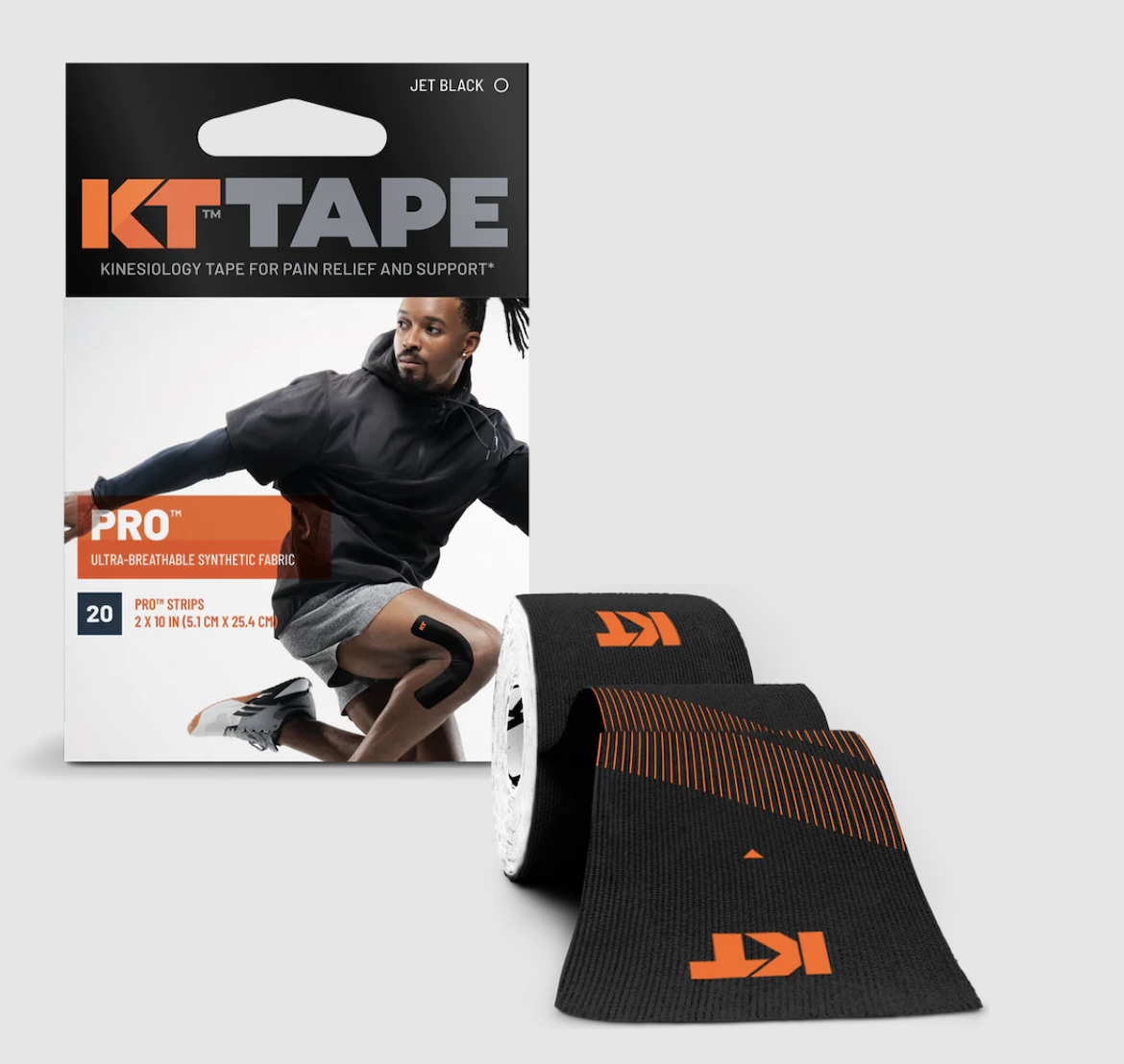
4. KT Tape Pro — $21
If there was ever a product that seems like witchcraft is involved, it’s KT Tape.
I used KT Tape for both of the half marathons I’ve run. As I shared earlier, anything over three miles makes my knees start to ache. However, when I use KT tape on my knees and hamstrings, I’m able to run without pain. This is not to say I’m not sore the next day, but I’m not injured, and that’s a big win!
KT Tape works by creating two taut anchor points on the skin, while keeping the tape mobile in between the two points. This allows the skin to lift and create blood flow in the muscles. You can also move the fascia with the tape.
“You can re-align the fascia the way you want it to go. You’re not going to re-align as much of the deep muscle, but you’re prompting it to change direction,” Hassler says.
She also suggests using the tape to assist with inflammation and lymphatic drainage by putting a pattern in the tape to force compression. KT Tape’s website has a series of videos on exactly how to tape all areas of your body here.
- Inexpensive
- Comes in fun colors
- Easy to use once you get the hang of it
- Has an app and videos on their site to help with placement
- Might take time to learn proper placement
- May need help applying to unreachable body parts
- Can be painful to remove
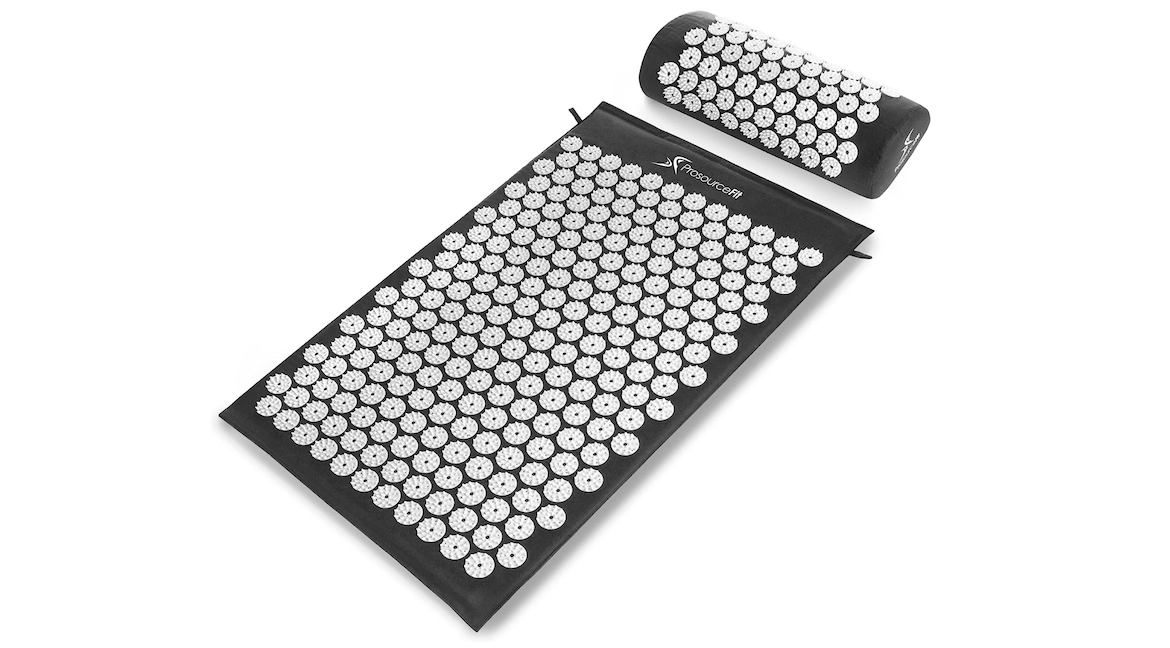
5. ProsourceFit Acupressure Mat — $27
A few years ago I was prescribed acupuncture for a shoulder injury. Even though it was covered by my insurance, it was still $45 per session, and they wanted me to go twice a week. This just wasn’t a viable option for me. So I did a little research online and found acupressure mats.
Though these mats look like little torture devices, they’re something I’ve come to enjoy. I will admit they’re a little painful at first, but after a few times I was able to find relief.
Acupressure does move the blood flow, but in a passive way, according to Hassler.
“You lay there and allow it to take place. The body will do what it needs to do,” she says.
- Inexpensive
- Can help with other ailments, like headaches
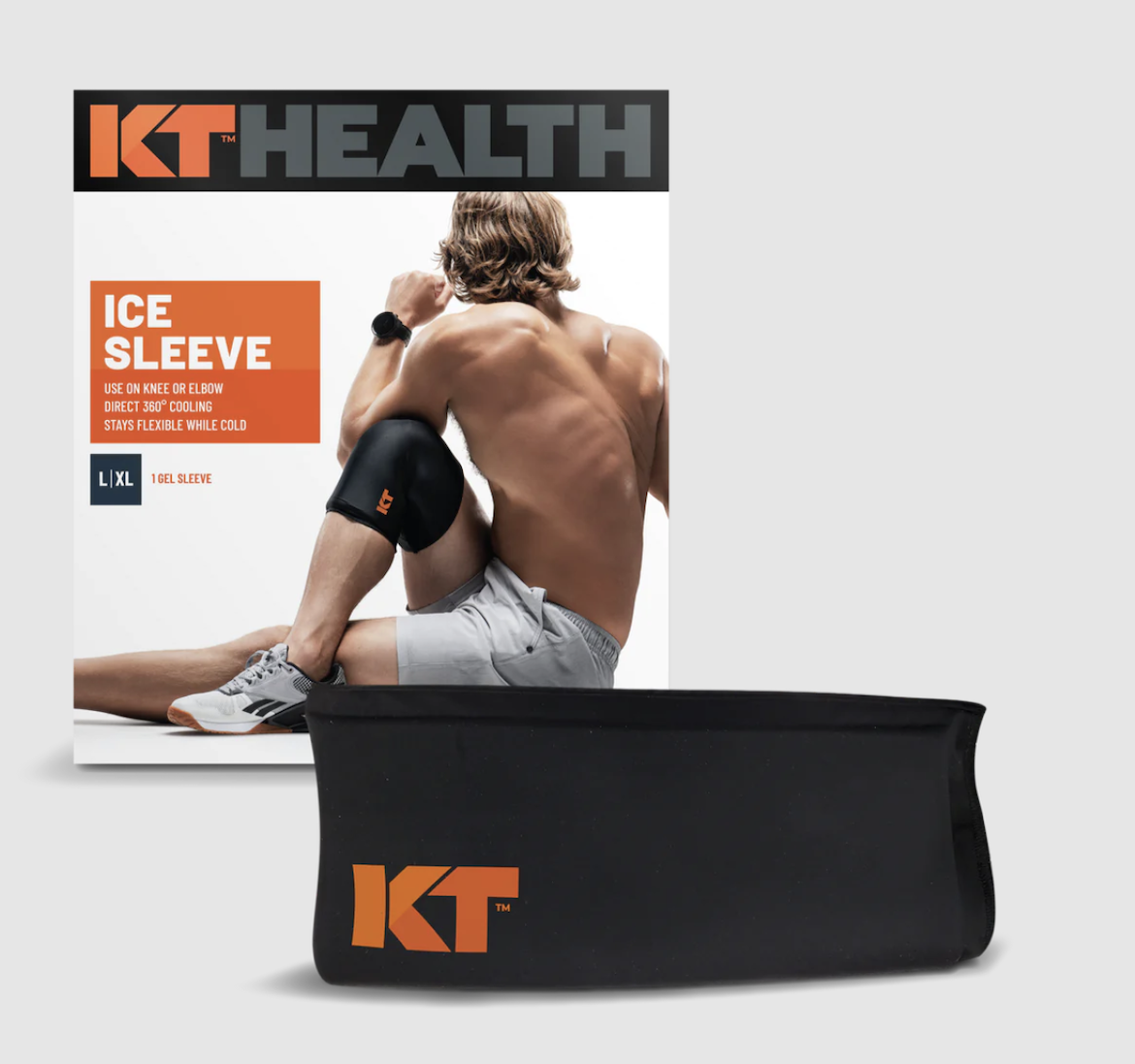
6. KT Health Ice Sleeve — $40
KT makes the list once again with their compression ice sleeve. If you’ve ever tried to hold a bag of frozen veggies to a sore muscle or struggled to keep melted ice in a snack baggie from running down your leg, you’ll appreciate this product.
Not only does it provide a cold relief to your muscles that helps to reduce swelling, but it also adds compression. I like to use this on my shins and knees after my runs. Icing my knees has never been so easy with this product.
- Easy to use
- Inexpensive
- Comfortable
- Stays cold for a long period of time
- Not messy

7. KT Health Magnesium Creams — $32
This is really two products, and you can purchase them separately, but they really work best in tandem. As I mentioned, my knees are not necessarily my friend when I run, so I like to use the Activate before I lace up my shoes. For me, the cream takes about 10 minutes before I feel the heat, but once I do it’s a nice warm feeling that helps me to feel more loose, thanks to the Arnica.
After my run I use the Recover, and that’s where the icy feeling comes in. The cream gets really cold with the menthol, and I love that I can put it on and not have to carry an ice pack with me. It helps with any pain I may be feeling after the run.
Together, these two pack a punch, and because you don’t always have to use both, it’s really customizable, unlike other similar products where you get both the ice and heat in one.
- Moisturizing
- Can use pre- and post-workout
- Heats and cools separately
- It’s thick, so it can be messy
- Be careful getting it anywhere near private areas
- Some people may not be as sensitive to the cream as others
Our editors independently select these products. Making a purchase through our links may earn Well+Good a commission.